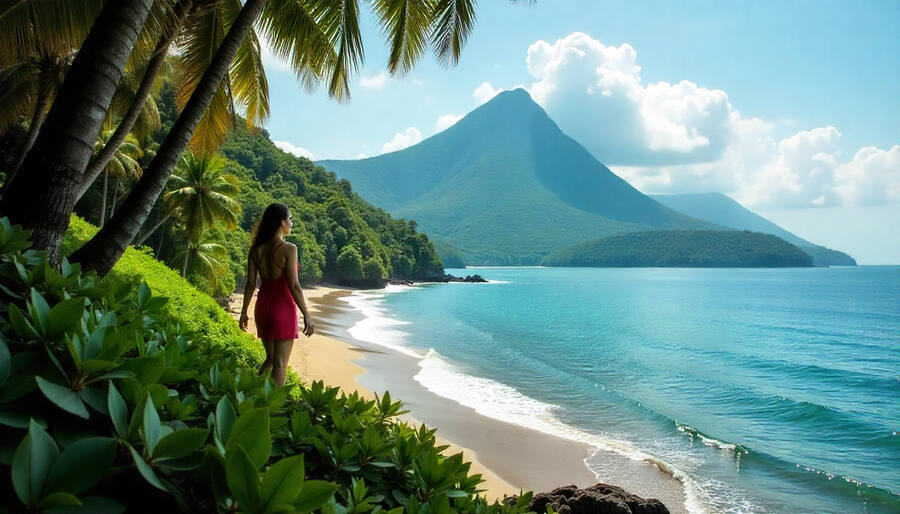Gregg Treinish and the rise of Adventure Scientists
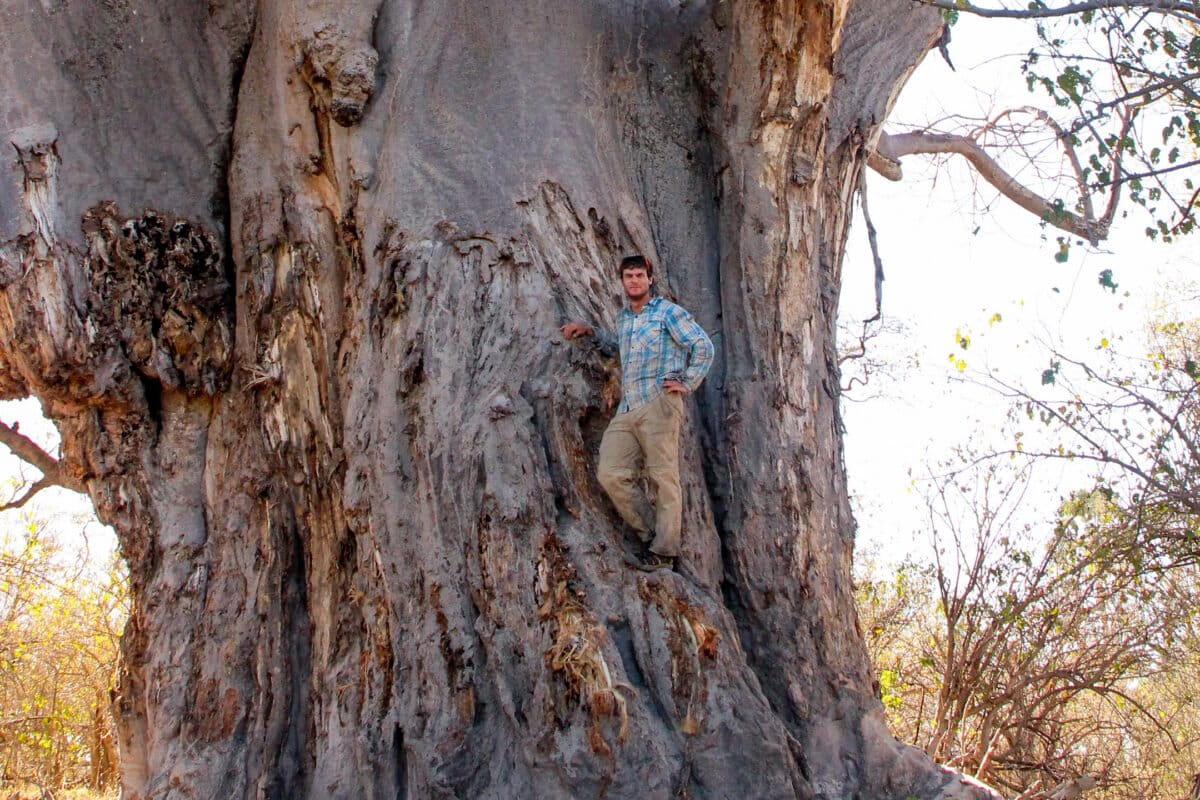
- Gregg Treinish, founder of Adventure Scientists, has built a global network of trained volunteers who collect high-quality environmental data for researchers, agencies, and conservationists. His organization bridges the worlds of outdoor adventure and scientific rigor.
- From microplastics and illegal timber to biodiversity mapping, Adventure Scientists’ projects have filled crucial data gaps and influenced policy, research, and corporate practices around the world.
- In California, Treinish’s team is partnering with the California All-Taxa Biodiversity Inventory (CalATBI) to help catalog the state’s immense diversity through thousands of insect and soil eDNA samples collected by volunteers.
- Treinish spoke with Mongabay founder and CEO Rhett Ayers Butler in October 2025 about scaling trust-based citizen science, the value of human observation in nature, and why adventure remains a powerful gateway to environmental action.
Some revolutions begin not with technology, but with a feeling. For Gregg Treinish, that feeling was guilt. He was spending years on long wilderness expeditions—crossing ranges, sleeping rough, watching the world’s edges—and began to wonder what any of it added up to.
“I was spending years in the wilderness, doing long expeditions, and I began to feel selfish for being out there without making a difference,” he says. “I wanted to stay in the outdoors, but I also wanted my time to matter and to contribute to something bigger than myself.”
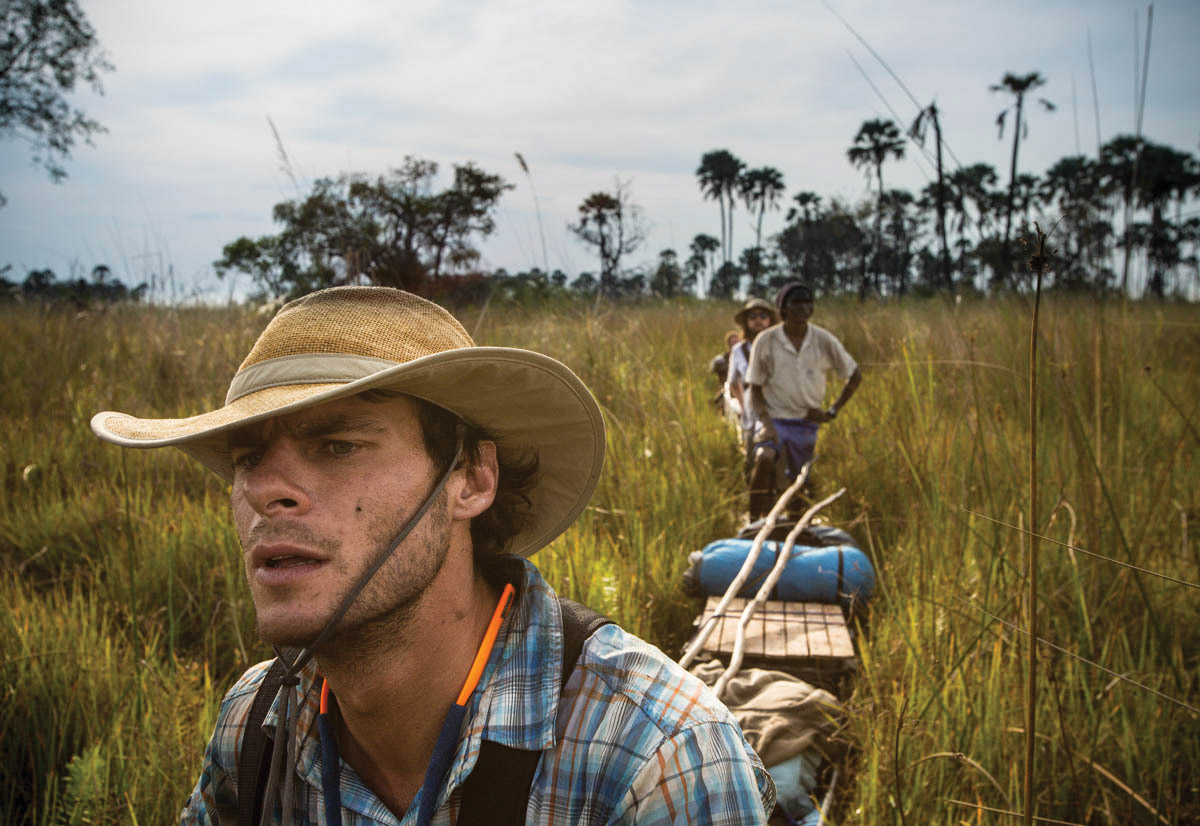
That reckoning became Adventure Scientists, an organization that mobilizes outdoor enthusiasts to collect data for research and conservation. Founded more than a decade ago, it has since grown from an idea scribbled between treks into an operation that partners with agencies, universities, and businesses to fill data gaps in biodiversity, climate, forests, and freshwater. Its volunteers—hikers, climbers, divers, paddlers—now deliver samples and observations that influence policy, corporate practices, and scientific understanding.
Treinish insists the success of the project has little to do with personal brilliance.
“I have no special skills as a scientist or as an adventurer,” he says. “That’s exactly why I believed this idea could work.”
The premise was simple: people who love the outdoors already have access to the world’s most remote places; why not turn that access into scientific power?
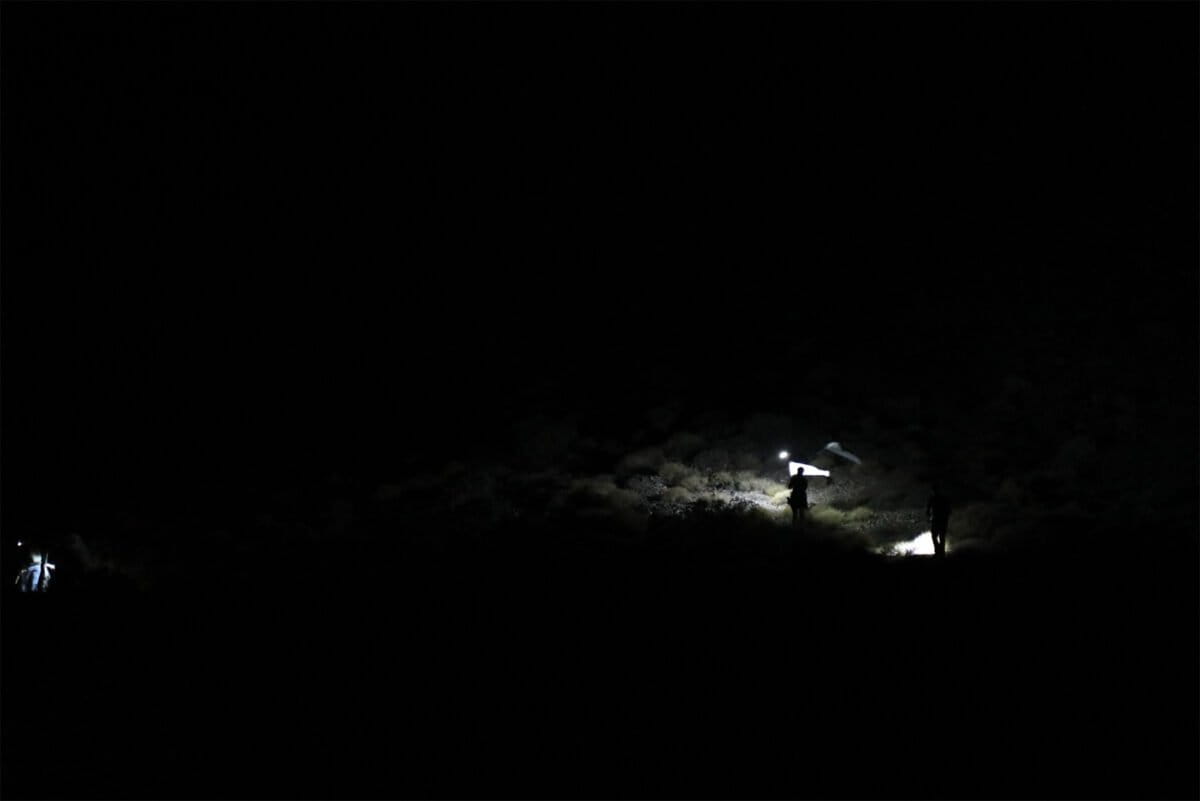
From those early experiments the group has evolved into what Treinish calls an “infrastructure partner for science.” Adventure Scientists designs and manages large-scale data collection with rigor that rivals academic institutions. Its systems of training, review, and quality control have built a reputation that makes its data trusted by governments and research institutions.
“Adventure is the gateway, not the goal,” he says. “The excitement of reaching a glacier or diving on a reef draws people in, but the work they do once they get there is what drives impact.”
The organization’s résumé is striking. Volunteers helped build what was then the world’s largest dataset on ocean microplastic pollution, shaping corporate decisions and informing laws. Their timber tracking project gathered samples now used by law enforcement to trace illegal wood in global supply chains. Moss from 21,000 feet on Everest helped scientists understand fungal symbioses that could increase crop yields. Other teams have discovered new species of diatoms and bacteria, restored coastal martens, and monitored nearly 200 Wild and Scenic Rivers across the United States.
Yet Treinish says the most important result is human. “More than a quarter of our volunteers had never engaged in conservation before joining us,” he notes. Many go on to change careers, study ecology, or launch projects of their own. The transformation from observer to participant, he says, is contagious.
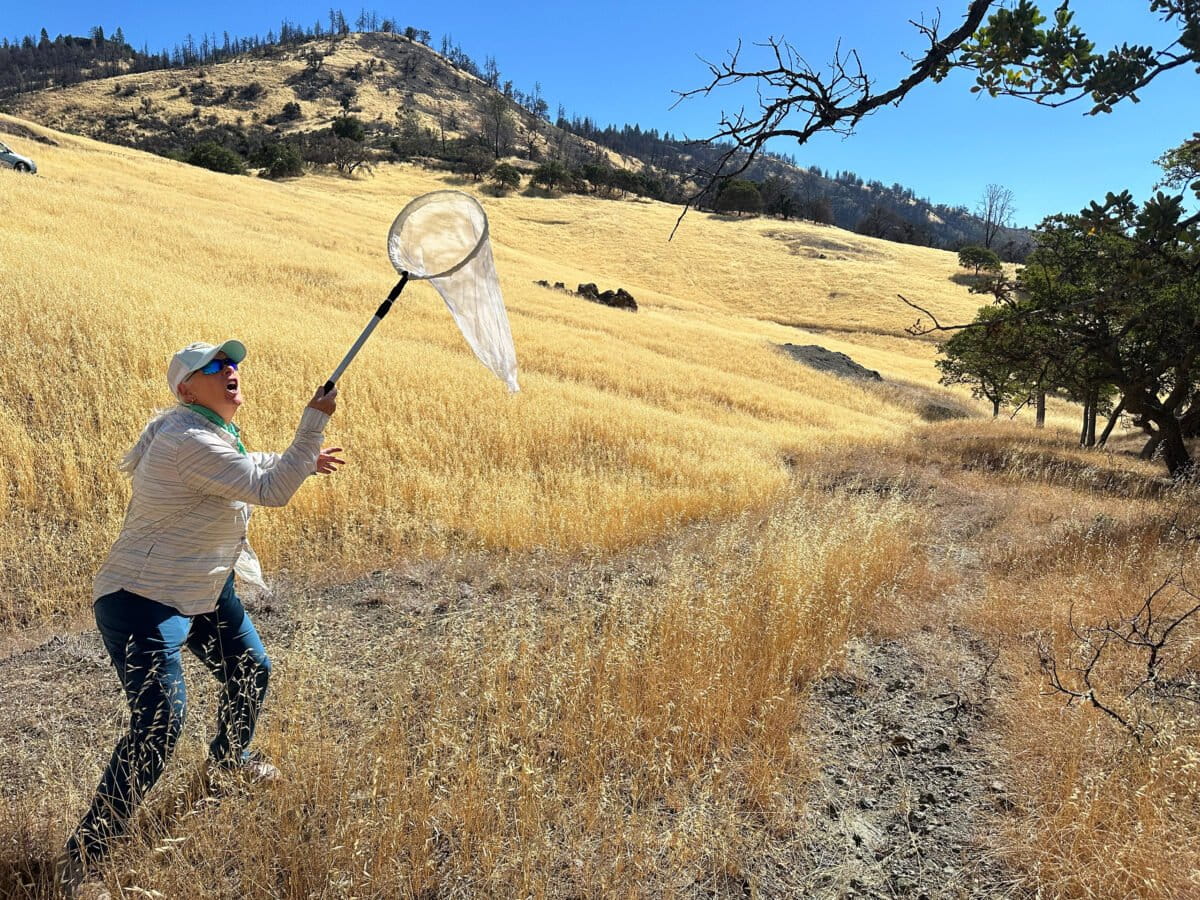
That human network is also what makes Adventure Scientists a valuable partner to the California All-Taxa Biodiversity Inventory (CalATBI), an audacious effort to catalogue every living species in the state. Introduced through a chance connection at TED, Treinish’s team now trains and coordinates hundreds of volunteers collecting insect and soil samples from across California’s deserts, forests, and alpine meadows. “Each one contributes to a growing genetic map of California’s biodiversity,” he says. The samples feed into CalATBI’s DNA sequencing efforts, helping scientists and land managers understand what species live where—and what may be disappearing.
Behind each collection trip lies a small logistics empire. Staff secure permits, develop training materials, and build mobile data systems; volunteers trek through weather and wilderness to gather samples precisely as instructed. The operation runs with the precision of a lab and the spirit of an expedition.
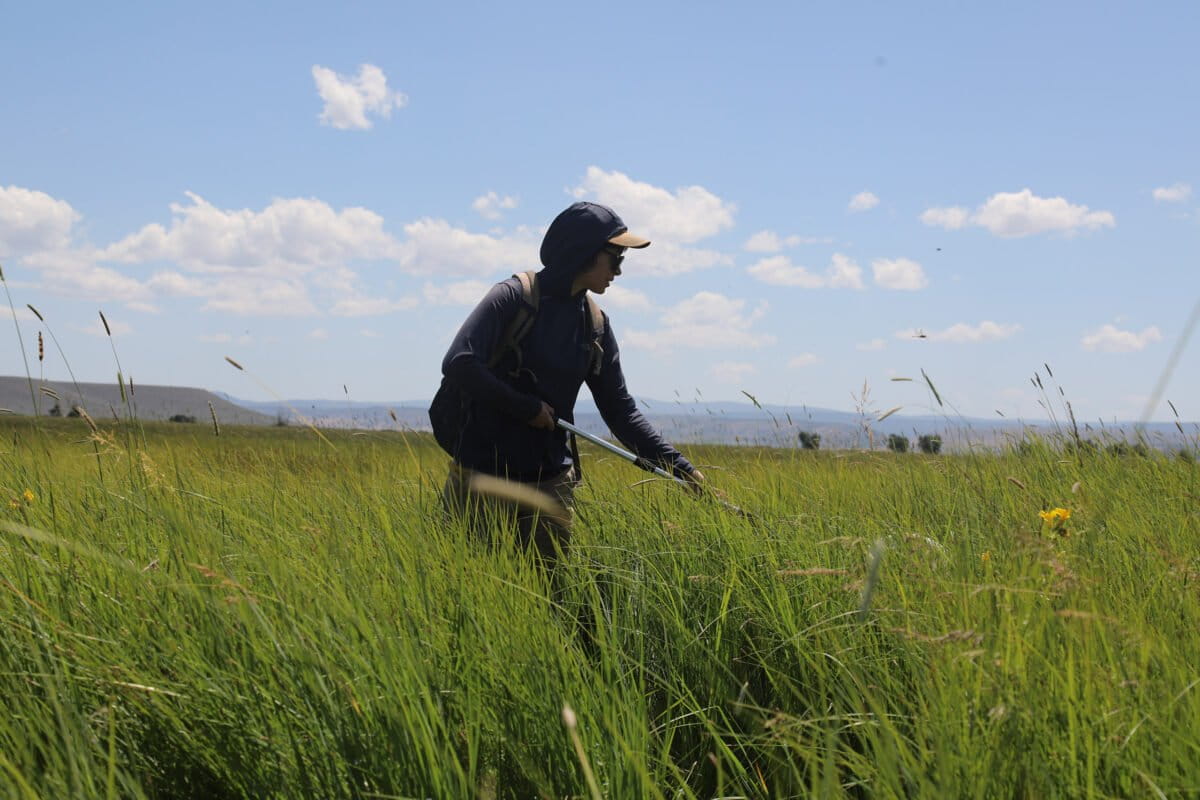
Treinish says reliability is a bridge between adventure and science. Volunteers are trained, tested, and their work verified step by step. That transparency is what keeps both scientists and volunteers engaged.
For all the talk of automation and artificial intelligence, Treinish remains convinced of the irreplaceable value of human observers. “Sensors can tell you a lot about what is happening, but not always why,” he says. Machines can detect change, but they can’t feel it. People still notice the subtle—the smell of wet soil, the first bloom of a flower, a bird acting oddly.
That attention, multiplied by thousands, may be what makes Adventure Scientists work so well. What began as one man’s attempt to reconcile solitude and purpose has become a movement of shared observation—proof that curiosity, when organized, can be a force for both discovery and recovery.
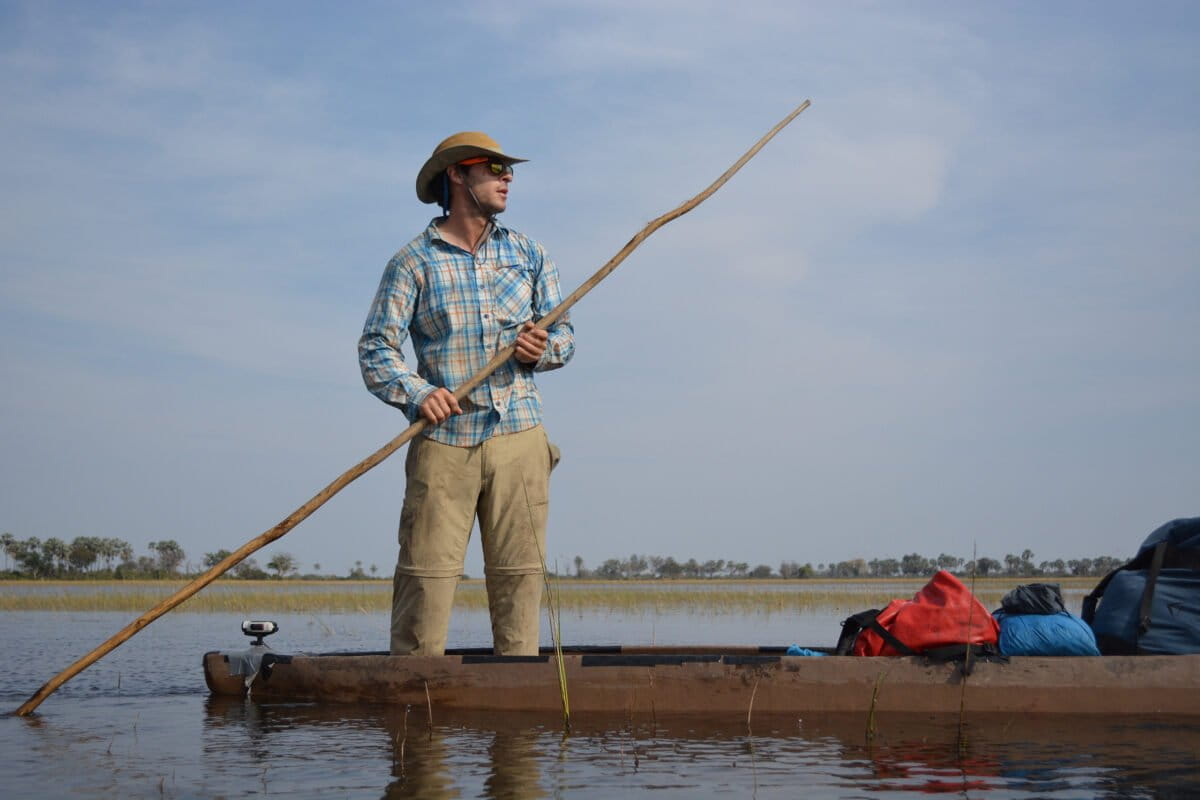
An interview with Gregg Treinish
Mongabay: You founded Adventure Scientists over a decade ago to mobilize outdoor enthusiasts for scientific discovery. What inspired the idea, and how has it evolved since those early expeditions?
Gregg Treinish: The idea came from a personal reckoning. I was spending years in the wilderness, doing long expeditions, and I began to feel selfish for being out there without making a difference. I wanted to stay in the outdoors, but I also wanted my time to matter and to contribute to something bigger than myself.
When I shared that feeling with others, it resonated. Around that time, I was studying wildlife ecology and working as a field technician on projects with owls, sturgeon, and, most memorably, tracking lynx, wolverine, and grizzly bears. I started inviting people to join me in the field, and it became clear that many others wanted to be part of work like this but did not have a clear way in.
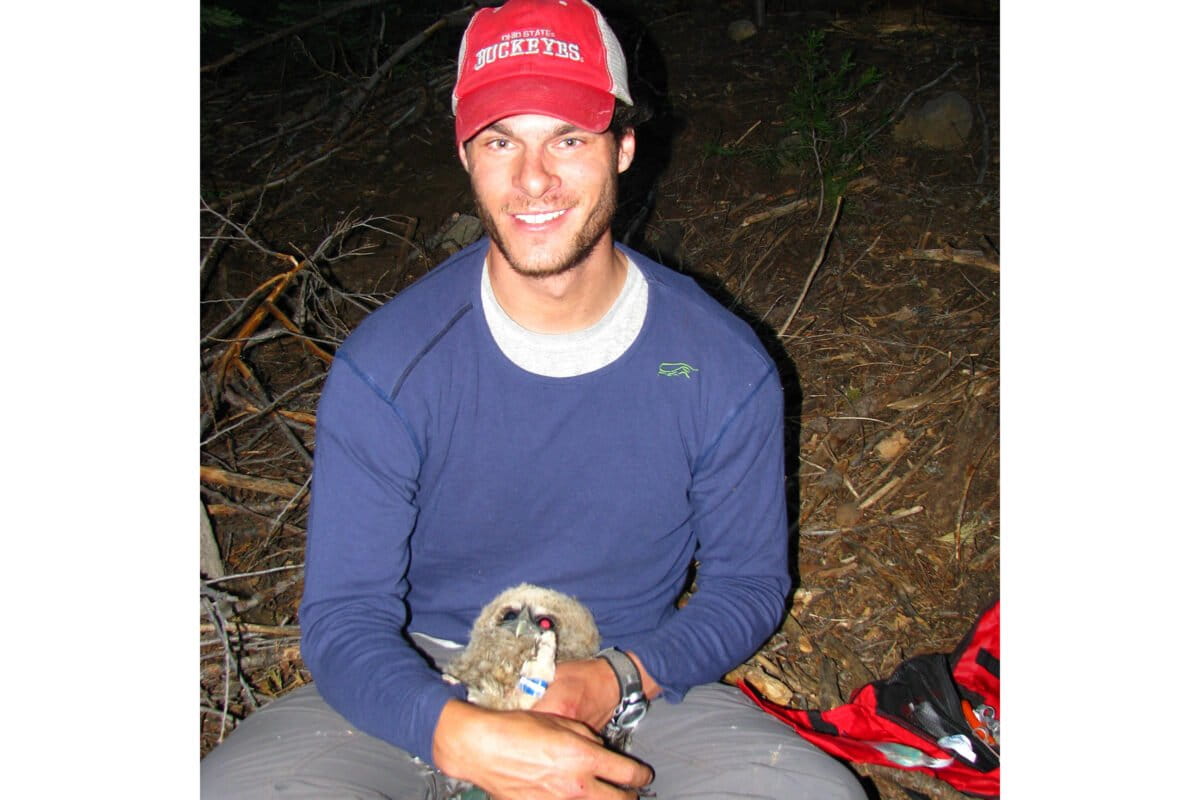
I have no special skills as a scientist or as an adventurer, which is exactly why I believed this idea could work. Adventure Scientists grew from the belief that anyone who loves the outdoors can make a difference for science and conservation.
Over time, we’ve evolved from empowering people headed out on one-off expeditions to becoming an infrastructure partner for science. Today we design, project manage, and quality-control data collection at scale, which takes an enormous amount of work. We work with agencies, researchers, and businesses to fill critical data gaps in biodiversity, climate, freshwater and forests.
Mongabay: Many of your projects—from tracking microplastics to mapping biodiversity—bridge science and adventure. How do you balance the thrill of exploration with the rigor of data collection?
Gregg Treinish: For us, adventure is the gateway, not the goal. The excitement of reaching a glacier, diving on a coral reef, or hiking into an old-growth forest draws people in, but the work they do once they get there is what drives impact.
We have built systems that turn that passion into reliable data. Every volunteer goes through detailed training, we verify and review every sample, and we work closely with our partners to make sure the results meet scientific standards.
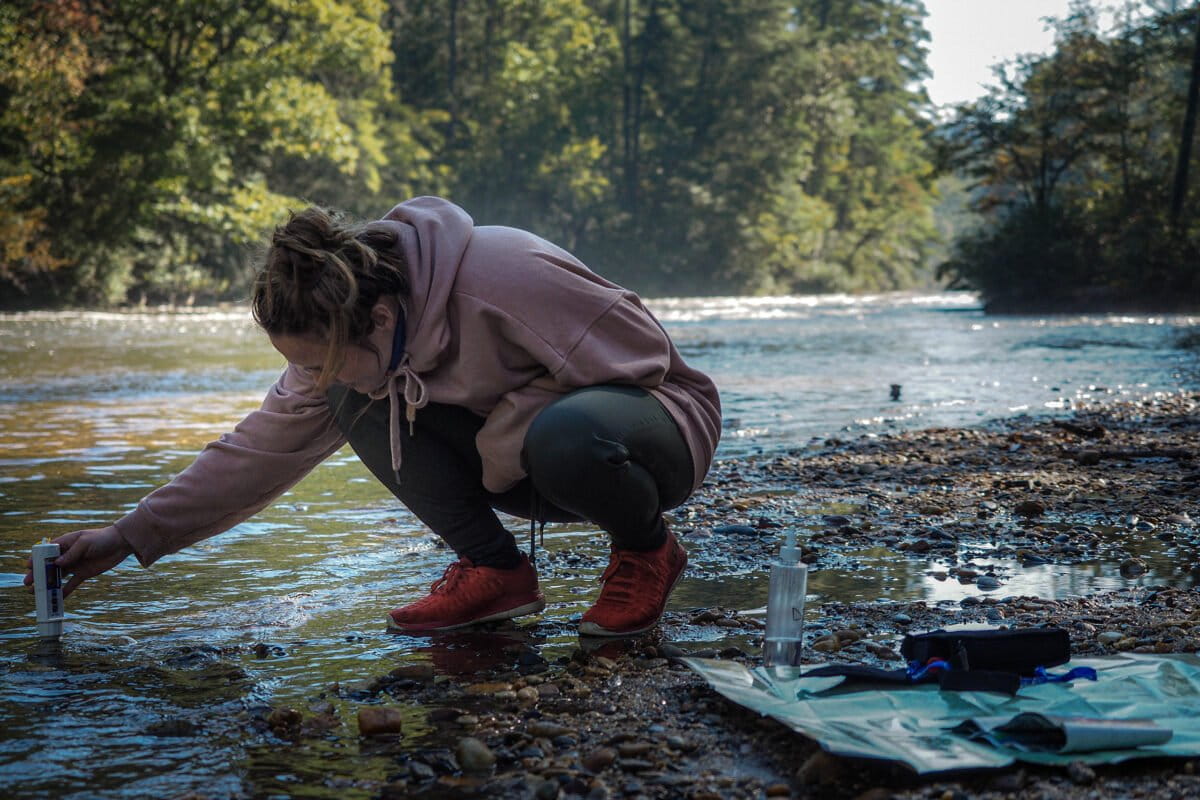
Adventure is what brings people to the work, and our success comes from consistency and discipline. That is where our credibility comes from and why scientists, governments, and companies trust the data we deliver.
Mongabay: What have been some of the most unexpected or transformative discoveries to emerge from Adventure Scientists’ projects?
Gregg Treinish: Several moments stand out. Our microplastics research created what was at the time, the world’s largest dataset on ocean microplastic pollution and helped shape conversations at institutions around the world, inspired companies to change their products, served to inform policy/ballot initiatives, additional research projects, and more.
In our timber tracking work, volunteers collected wood samples that are now helping law enforcement trace illegal timber in global supply chains, one of the world’s largest black markets. Plant samples that were collected up at 21,000 feet on Mount Everest have been used to increase crop yields around the world through the natural symbiosis with fungi that allow the moss to grow up at that elevation. Over the years we have discovered species of diatoms and bacteria that are new to science, we have helped with the restoration of species like the pacific coastal marten back to their original habitat, we have provided water quality data for nearly 200 understudied Wild and Scenic Rivers across the United States, and have even helped Harvard Medical School identify the genes responsible for antibiotic resistant infections.
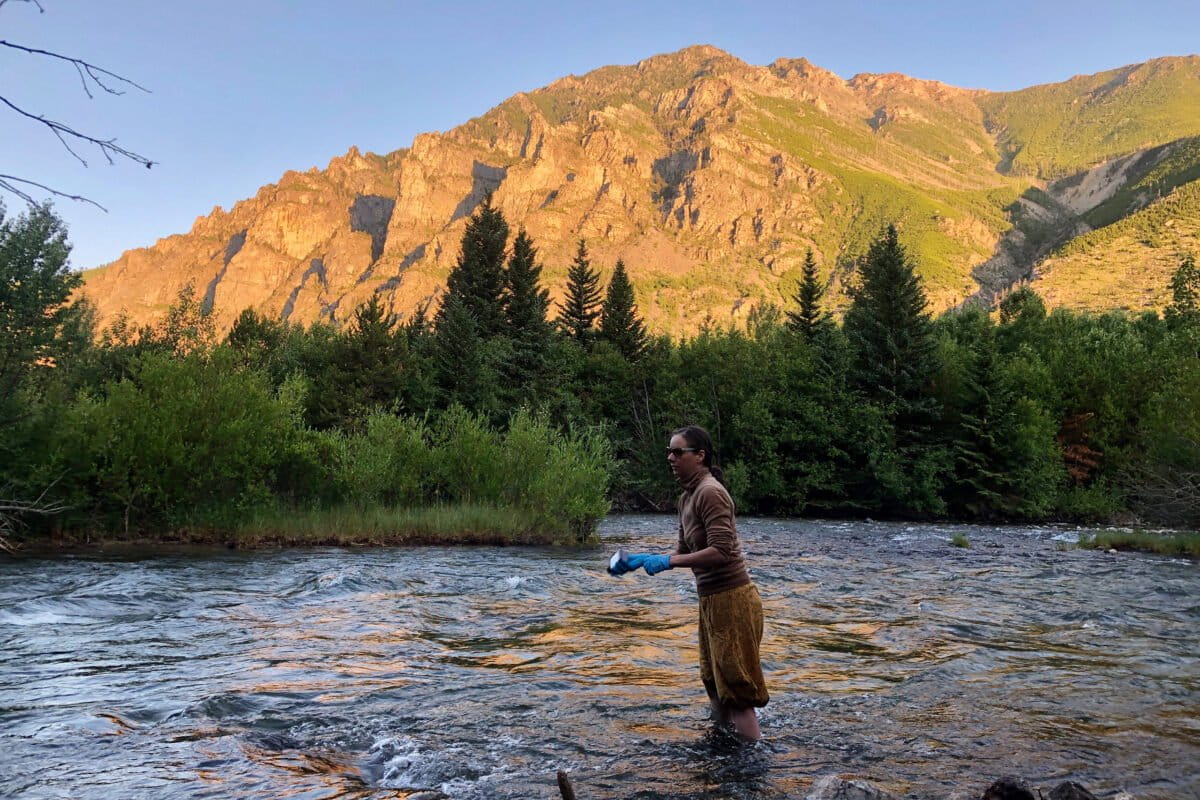
The most transformative insight, though, is not scientific. It is human. More than a quarter of our volunteers had never engaged in conservation before joining us. Seeing that data from their own hands can change laws and protect species has inspired thousands of people to see themselves as part of the solution and go on to pursue careers in conservation.
Mongabay: The model depends on trust, both from scientists in the data and from volunteers in the mission. How do you cultivate and sustain that trust across such a diverse network?
Gregg Treinish: Trust is everything in this work. Scientists need to believe in the integrity of the data, and volunteers need to believe their effort matters. We earn that trust through clarity, transparency, and results.
On the science side, we design every project with our partners and build in multiple layers of quality control. Every volunteer is trained and tested before they collect data, and every sample or observation is reviewed. Our partners know exactly what they are getting and how it was collected.

For volunteers, trust comes from being part of something real. They see the impact of their work in published studies, new laws, and stories of change. When people feel their contribution matters, they give their best, and that trust becomes self-sustaining.
Mongabay: How do you decide which environmental problems or data gaps to take on next? What criteria determine whether Adventure Scientists is the right fit for a project?
Gregg Treinish: We are selective about the projects we take on because we want to make sure every hour and every dollar moves the mission forward. Our work exists to advance critical environmental research, not to add data for data’s sake.
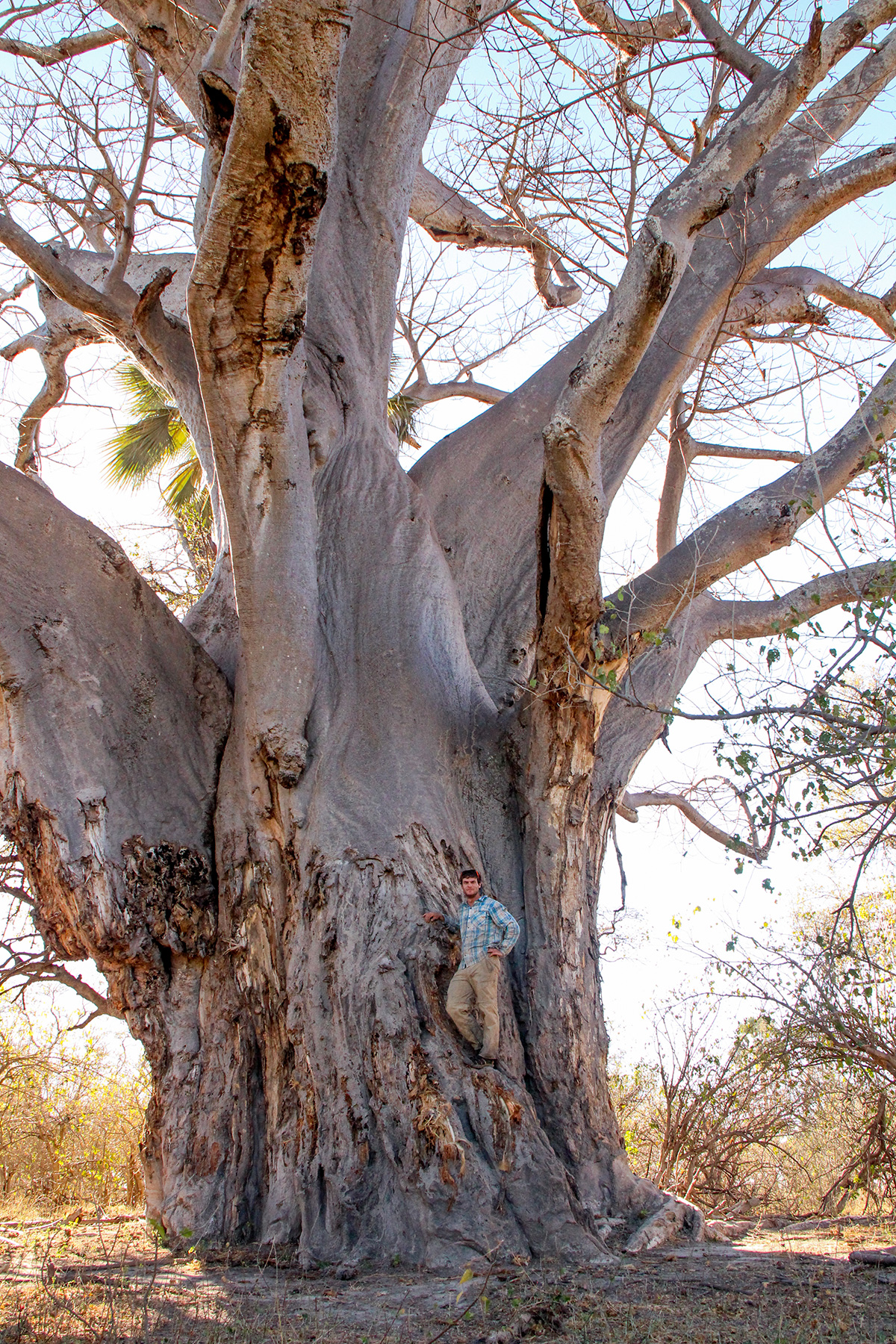
A project must meet three criteria. First, it must address an environmental issue where progress has been limited by a lack of data. Second, there must be a clear pathway from data collection to lasting impact, whether that means informing policy, shaping restoration work, improving technology or driving conservation decisions. Third, there must be a need for outdoor or technical skills to collect the data.
When those conditions are met, we know the work will create measurable impact for both science and the planet.
Mongabay: How did Adventure Scientists become involved in the California All-Taxa Biodiversity Inventory, and what does your team contribute to the effort to discover it all and protect it forever?
Gregg Treinish: Our involvement began through a chance connection. I met a friend of Dan Glusencamp, who leads the California Institute of Biodiversity, at TED. When she heard what we do, she immediately recognized that our model could help this project reach the scale it needed.
Since then, we have trained and managed volunteers to collect more than three thousand samples of insects and soil eDNA across the state. Each one contributes to a growing genetic map of California’s biodiversity. That information helps scientists and land managers understand what species live where, how ecosystems are changing, and what needs to be prioritized for protection.
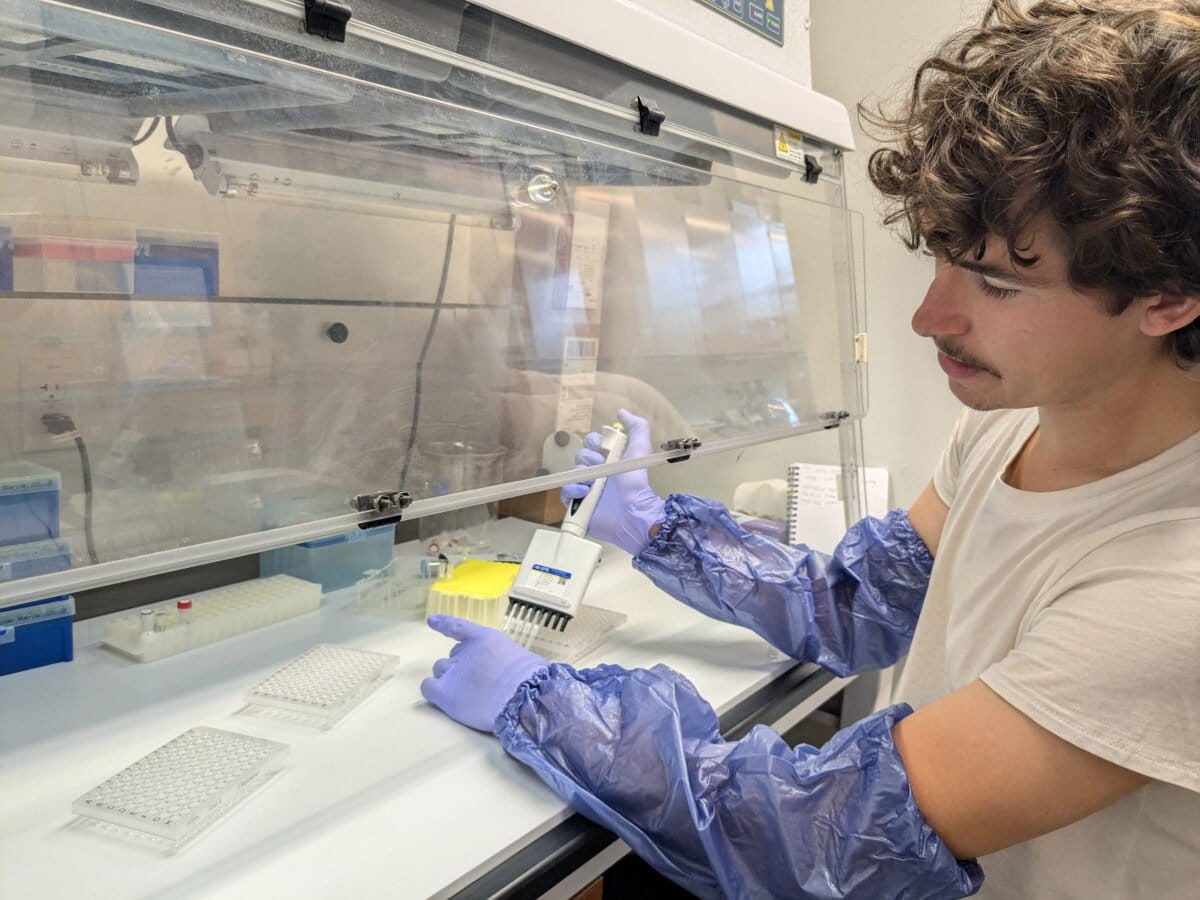
It is one of the most ambitious biodiversity mapping efforts ever attempted, and we are proud to help with the effort by connecting skilled volunteers with the opportunity to contribute to protecting California’s immense biodiversity.
Mongabay: CalATBI brings together institutions, scientists, and community partners to map California’s biodiversity. What makes Adventure Scientists’ model of trained volunteers especially valuable in this context?
Gregg Treinish: What makes this work possible is the strength and dedication of our team. Behind every sample is a huge amount of coordination and preparation. Our staff handles permitting across multiple agencies, develops detailed training materials, manages data systems, and supports nearly six hundred volunteers in the field.
Our project managers and field staff spend months customizing apps, building logistics, and making sure every collector has the right tools, safety information, and support. We review and track data in real time, and troubleshoot everything from weather delays to land access.
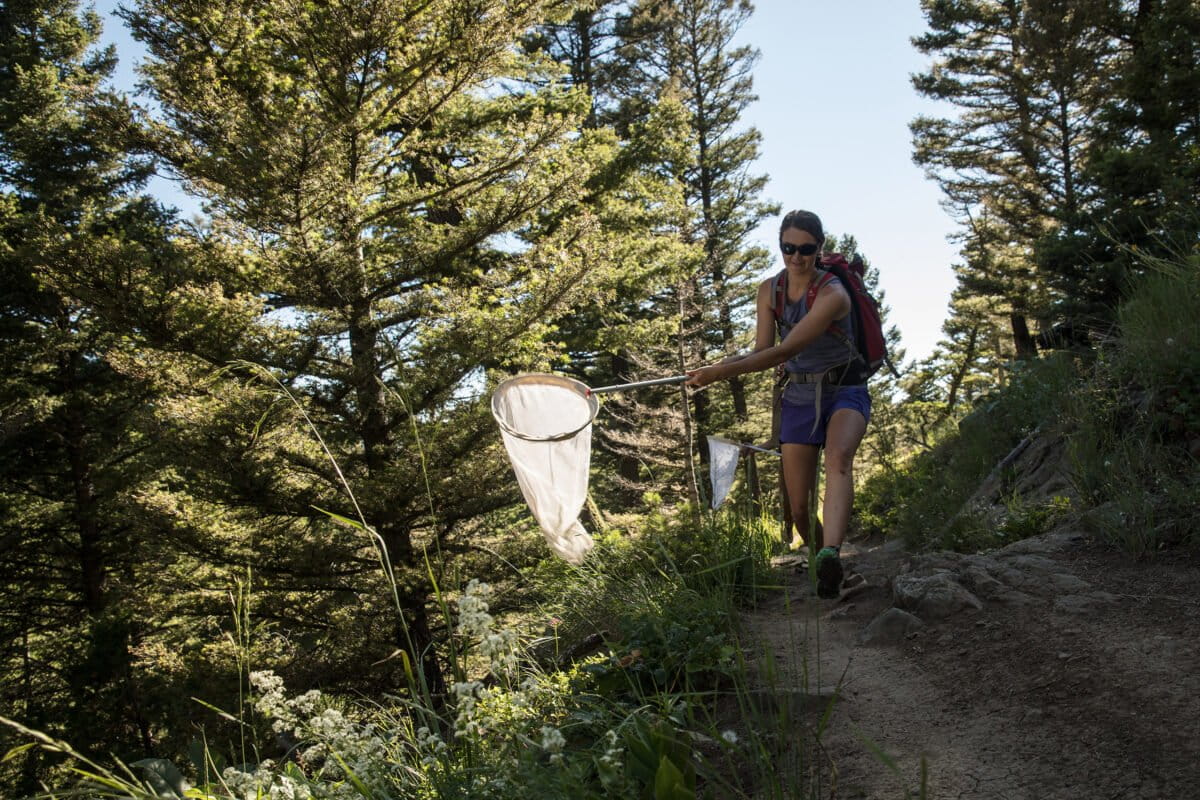
The volunteers are the heart of this work, but the staff make it run. Their professionalism and commitment ensure that every piece of data is collected to the highest scientific standard. That is what allows this project to scale and what gives our partners confidence in the results.
Here are a few anecdotes we’ve collected from volunteers who participating in the CalBio project.
“My adventures now push the boundaries of scientific understanding,” said Bryan Count, a long-distance hiker who now designs every backpacking trip around contributing to scientific data. “Any adventure I plan now includes the question: How can I further science while out there?”
“The accomplishment isn’t just for me — it’s for science,” said Jessie McNeill, who incorporated sampling into multi-day backcountry trips, successfully reaching locations others could not.
“Anytime I plan a kayaking trip now, I look for ways to be involved with scientific research,” said Darrel Robertson, a kayaker who chose river routes because they aligned with sample locations and now integrates science into every paddling trip.
Mongabay: How do you ensure data collected by non-specialists meets scientific standards?
Gregg Treinish: Data integrity is at the core of everything we do. Before any volunteer collects a single sample, our team builds the project with the labs and our scientists from the ground up. Together we define the exact data needed, design training materials, and create detailed protocols that are tested and refined before launch.

Every volunteer completes training and is certified before they collect data. Each sample is tracked from the field through storage and processing, and our staff reviews and verifies every entry. We also conduct audits and field checks to confirm accuracy.
Our scientists and partners can see the process from start to finish, which builds confidence in the results. Over the years, that attention to quality has made Adventure Scientists a trusted source for reliable data.
Mongabay: California is one of the planet’s biodiversity hotspots, yet vast areas remain underexplored. Where do you see the greatest opportunities for Adventure Scientists to fill gaps in knowledge through the California All-Taxa Biodiversity Inventory (CalATBI)?
Gregg Treinish: Much of California’s biodiversity lives in places that are difficult to reach. These areas are often remote, rugged, and under-surveyed, which is exactly where our volunteers excel. They can reach alpine meadows, deserts, and coastal forests that most researchers would struggle to access regularly.
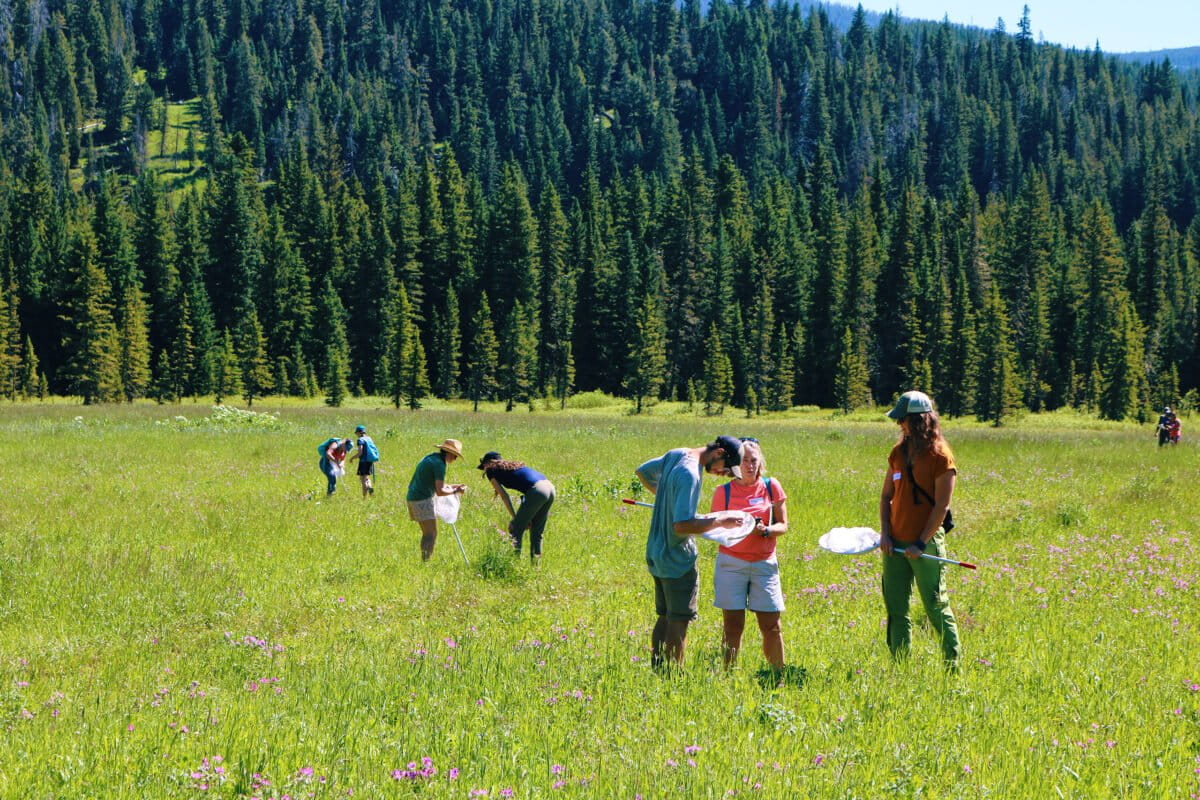
There is also a major opportunity to fill spatial gaps in knowledge. Many regions of the state have never been sampled for soil eDNA or insects at this scale. By helping collect specimens across thousands of sites, we can provide a clearer, more complete picture of California’s biodiversity and the ecosystems that support it.
Mongabay: What stories or moments from the California fieldwork best capture the power of collective discovery, when citizens and scientists worked together to reveal something new about life in the state?
Gregg Treinish: There are many moments that capture the spirit of this work. One volunteer collected an insect sample in a remote part of California that, when processed, turned out to be from a species that had not been documented in that region before. The excitement from both the volunteer and the scientists was incredible. It reminded everyone why this project matters.
Another moment came from a group collecting soil samples in the Sierra Nevada. They were rained on, covered in mud, and exhausted, but when they finished the last site, they said it was one of the most meaningful days they had ever spent outdoors. They knew their effort would help protect the places they love.
These moments capture what makes this model powerful. When people and scientists work together, discovery becomes something anyone can be part of, and that connection is what drives lasting change.

Mongabay: In an age of sensor networks and AI, where do you see the enduring value of human observation in nature?
Gregg Treinish: Technology has transformed science, but it still can’t replace people in the field. Sensors can tell you a lot about what is happening, but not always why. They can measure temperature or carbon, but they can’t recognize the smell of spring in the air, the first bloom of a flower, or the sound of a bird behaving differently than usual. People notice things that don’t fit the pattern. That kind of intuition is still beyond machines.
There is also a growing need for ground validation. Satellites and sensors can give us incredible data from space and from the air, but those measurements still need to be verified on the ground. People collecting real samples and observations provide the context that turns remote data into something actionable.
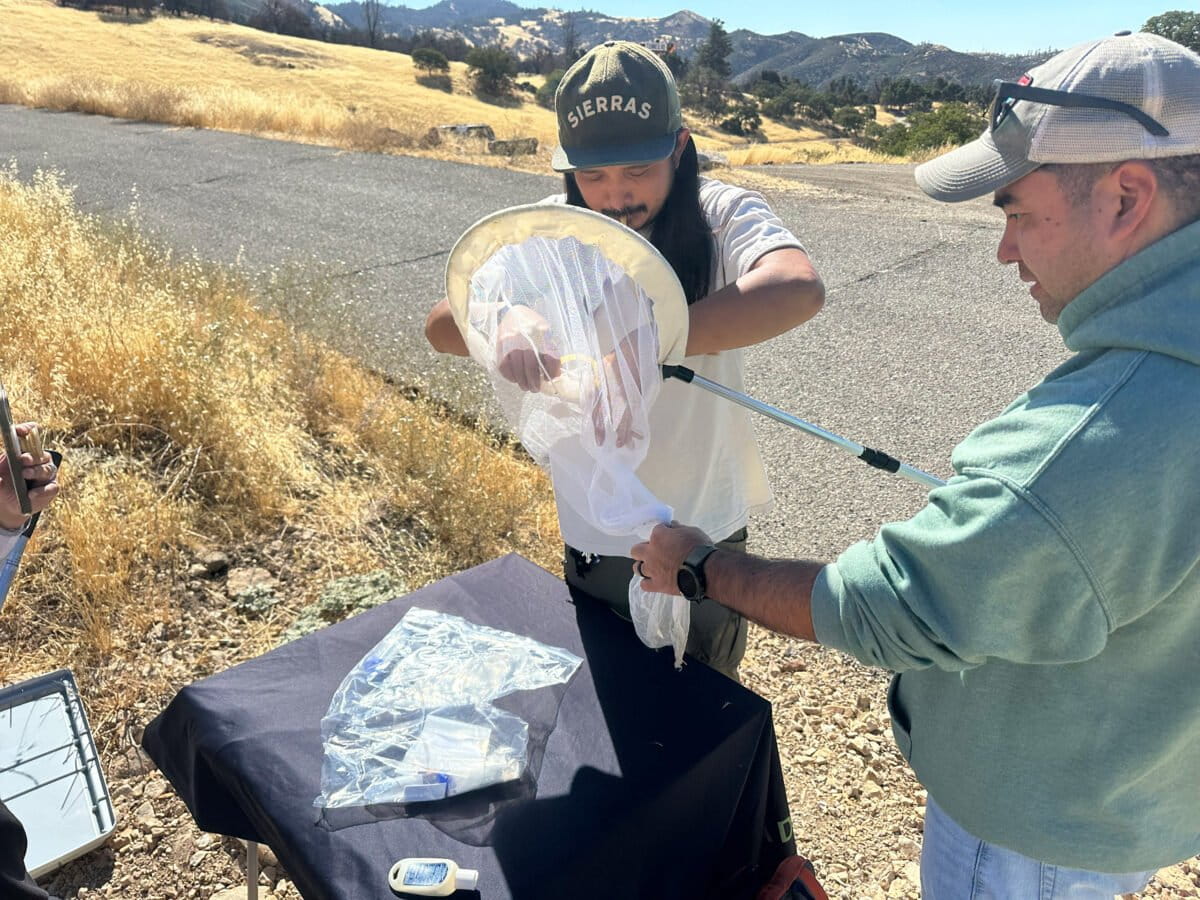
Humans also bring flexibility. Conditions change constantly in the field, and things rarely go as planned. A person can adapt, make decisions, and solve problems in real time. A sensor can’t.
Then there’s meaning. When someone hikes for hours to collect a sample, they form a relationship with that place. That connection turns data collection into stewardship. It keeps people engaged and builds the sense of purpose that drives long-term impact.
AI and sensors are incredible tools, and we use them, but they’re most powerful when paired with people who care. The human element gives data its context, credibility, and soul.
Mongabay: Many of your volunteers describe these experiences as life-changing. What do you think drives that sense of connection and purpose in the field?
Gregg Treinish: People want to contribute to something bigger than themselves. When volunteers are out there collecting data, they know they are doing real science, not just observing. They are part of a network that is helping solve global problems.
The combination of purpose and place is powerful. You are in a beautiful, wild setting, doing something tangible that matters. That sense of agency and belonging changes how people see themselves and their role in protecting the planet.
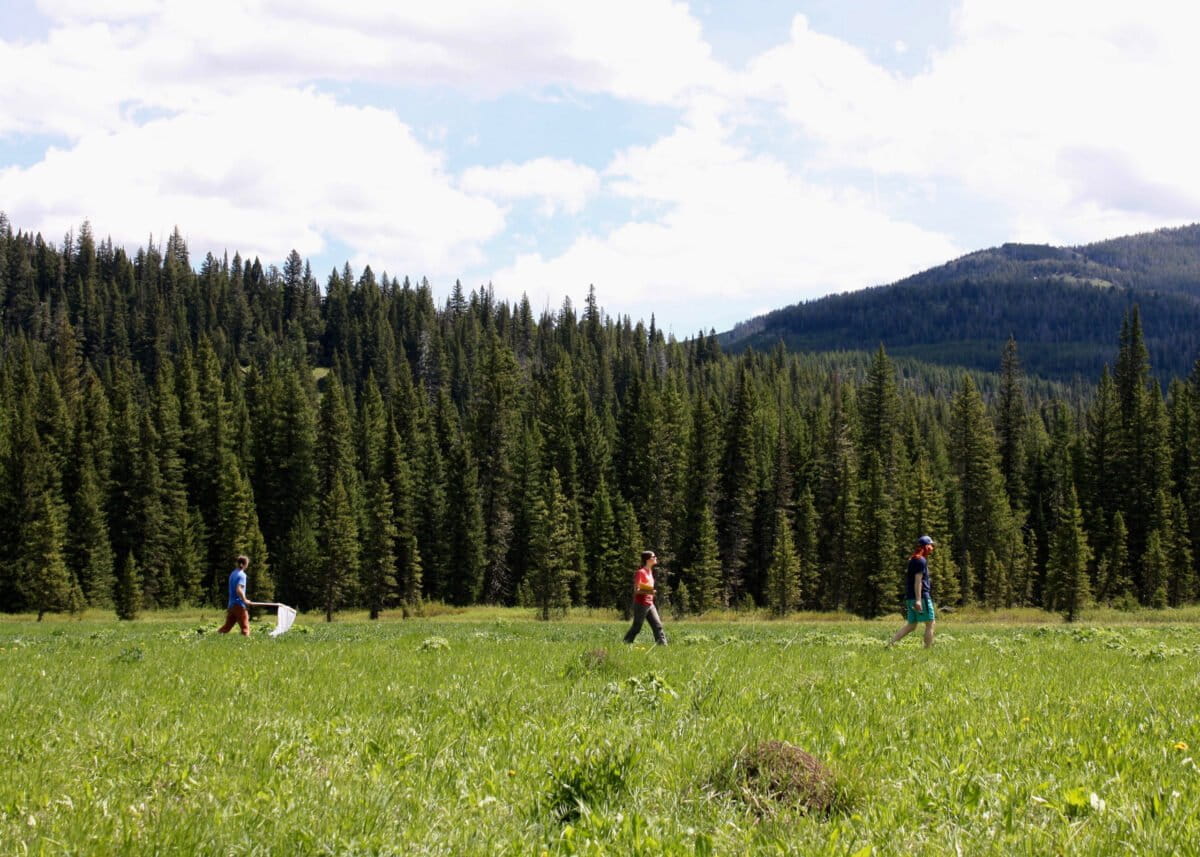
For many, it sparks a lifelong commitment to conservation. We have volunteers who have gone back to school, changed careers, or launched projects of their own after their time with us. That ripple effect may be our greatest impact.
Mongabay: Looking back, what lessons have you learned about collaboration between scientists, institutions, and the public that could inform other large-scale biodiversity initiatives?
Gregg Treinish: The biggest lesson is that trust and communication are everything. Scientists need to feel confident that the data will meet their standards. Volunteers need to feel supported and valued. Institutions need to know that the effort will produce usable results.
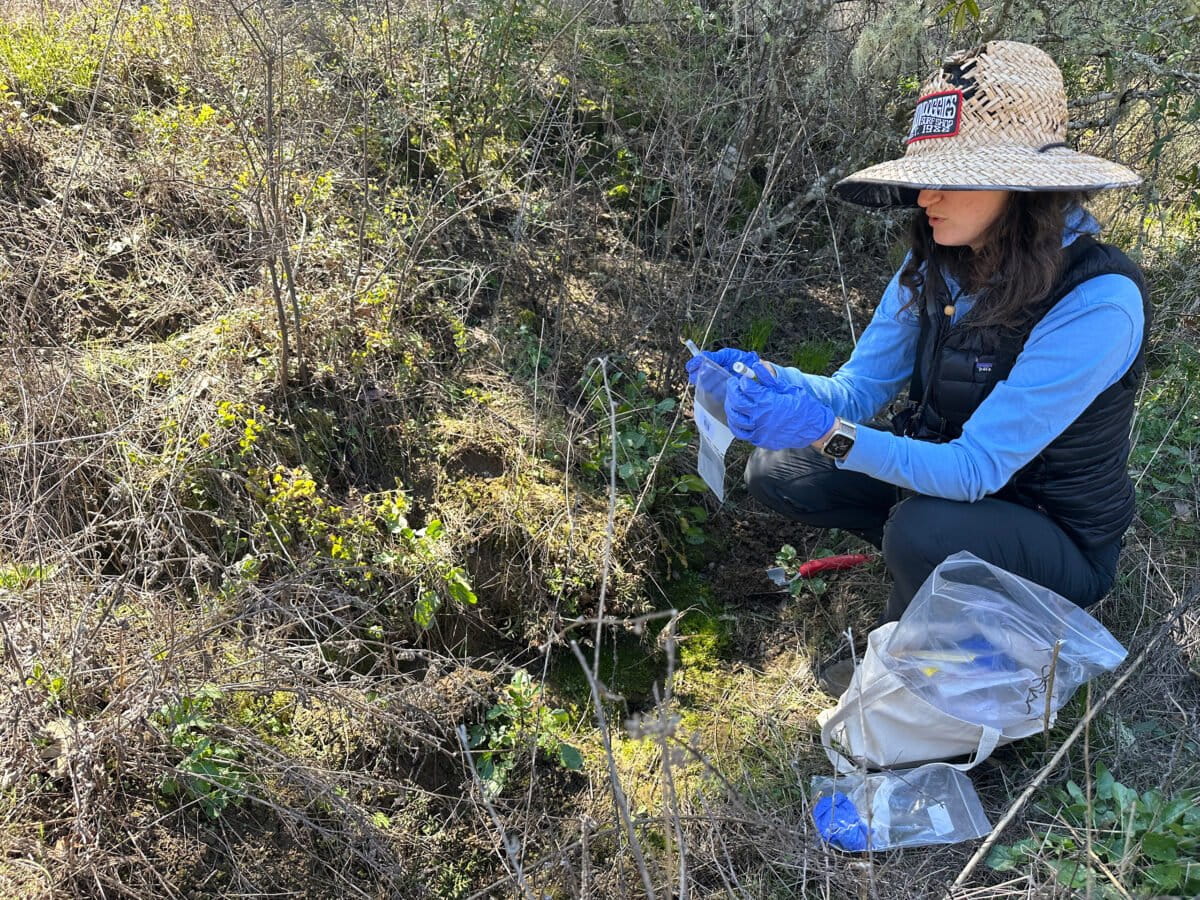
We have learned that collaboration works best when everyone is clear about roles and expectations from the start. That means taking time to design projects carefully, investing in training, and maintaining open lines of communication throughout.
It also means remembering that success belongs to everyone involved. When people see themselves as part of a shared mission, the quality of the work and the sense of purpose both grow stronger.
Mongabay: What advice would you give to researchers or conservationists seeking to integrate community science into rigorous, scalable programs?
Gregg Treinish: People often underestimate how much work it takes to run projects like this. It is easy to picture hundreds of volunteers heading out to collect data, but the reality is far more complex. There are permits to secure, training materials to create, data systems to build, and communication to manage from start to finish. Keeping it all aligned can feel a bit like herding cats, but it is worth it when you see the results.
My biggest advice is to invest early in the systems and people who make it work. Training, logistics, and communication take real time and care. Do not cut corners there. And if it starts to feel like too much, reach out. We have spent years learning what works and what does not, and we are always happy to help others build the structure they need to make their projects successful.
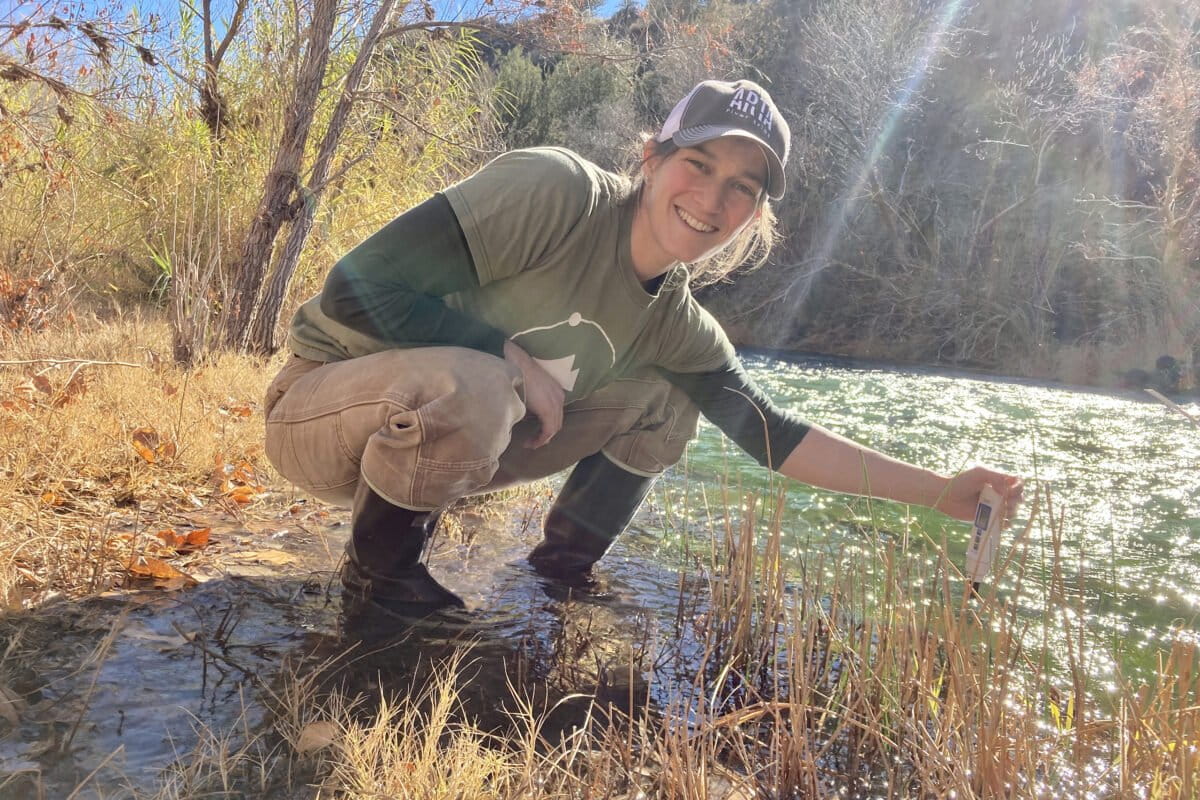
Community science can be an incredible force for impact when it is done well, but it takes commitment and follow through to get there.
Mongabay: Finally, is there a particular story or encounter that, for you, captures what this work is really about—the reason you keep doing it?
Gregg Treinish: For me, it always comes back to the scientists we help. We like to swing for the fences, and when we actually move the needle for someone, it makes all the long hours and challenges worth it. Seeing our work lead to real impact on the ground is the best feeling in the world.
I also love the volunteers and the thousands of people we have empowered to be part of the solution. Every time I am outdoors and come across someone wearing one of our hats or shirts, I stop and ask about their experience. Hearing their excitement and pride in what they helped accomplish lights me up every time.
That combination of impact and connection is what keeps me doing this. It reminds me why Adventure Scientists exists and what we are all working toward.
Mongabay has a grant to report on California’s biodiversity from the California Institute of Biodiversity (CIB), which also funds a variety of institutions engaged in researching biodiversity in California. CIB also provides funding to Adventure Scientists. Mongabay maintains complete editorial independence over stories about grantees of CIB, which means CIB does not have the right to assign, edit, or review Mongabay’s reports prior to publication.
link

